The Catastrophic Rise of Oxygen: A Near-Extinction Event
Written on
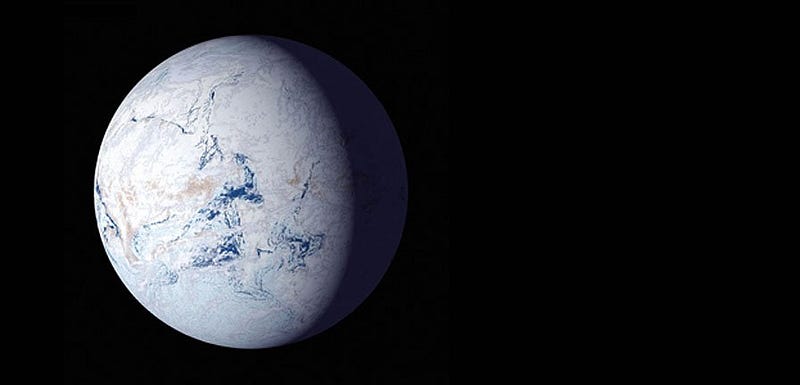
In the history of Earth, which spans over 4.5 billion years, life began to emerge just a few hundred million years after the planet formed. Over the millennia, organisms have adapted and thrived in nearly every conceivable environment on our planet.
However, approximately 2 billion years after Earth's formation, life was nearly extinguished. The atmosphere underwent a slow transformation due to the gradual accumulation of oxygen, which turned out to be lethal for the predominant life forms at the time. This led to a devastating ice age, termed the Snowball Earth scenario, which froze the planet's surface entirely, posing a significant threat to life. Herein lies the story of this near-extinction event and how life ultimately persevered.
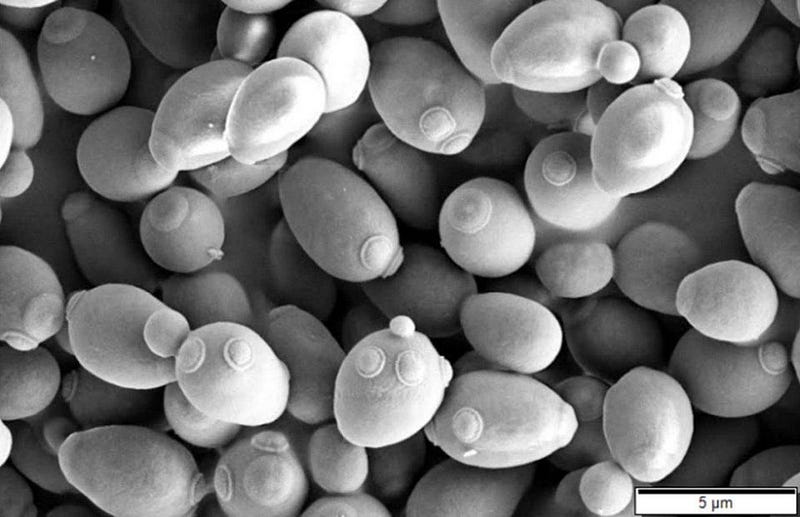
A fundamental biology experiment involves introducing a group of cells, such as yeast, into a nutrient-rich solution like molasses. Initially, these organisms thrive due to the abundance of food and lack of competition, leading to exponential population growth.
However, this success is short-lived.
Yeast metabolizes sugars through fermentation, converting them into alcohol, ATP (which provides energy), and carbon dioxide as waste. When carbon dioxide is added to a liquid, it forms carbonic acid. At a certain concentration, this acid becomes too toxic for the yeast, resulting in a population crash.
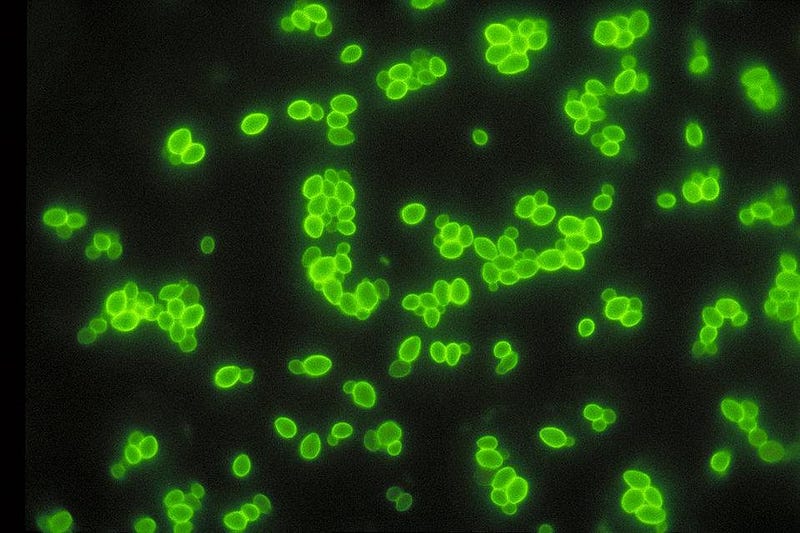
This biological scenario, though simple, has broad implications. In the absence of significant competitors or predators and with seemingly unlimited resources, living populations can grow exponentially. They consume available resources and produce metabolic byproducts, eventually reaching a point where they poison their own environment. This phenomenon mirrors the current situation with CO2 emissions from modern humans.
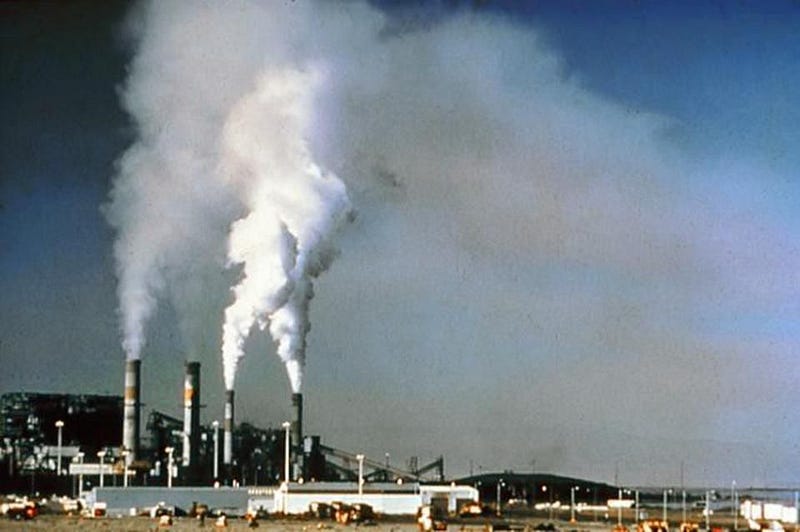
We are not the first to face such a dilemma. In the early Solar System, simple unicellular prokaryotes emerged. While the specifics of the hypothetical protocells are unclear, evidence of unicellular bacteria appears around 4 billion years ago, when Earth was about 500 million years old.
Evolution diversified life forms to occupy various ecological niches, leading to the emergence of Archaea capable of surviving in extreme environments. Eventually, the first photosynthetic organisms developed.
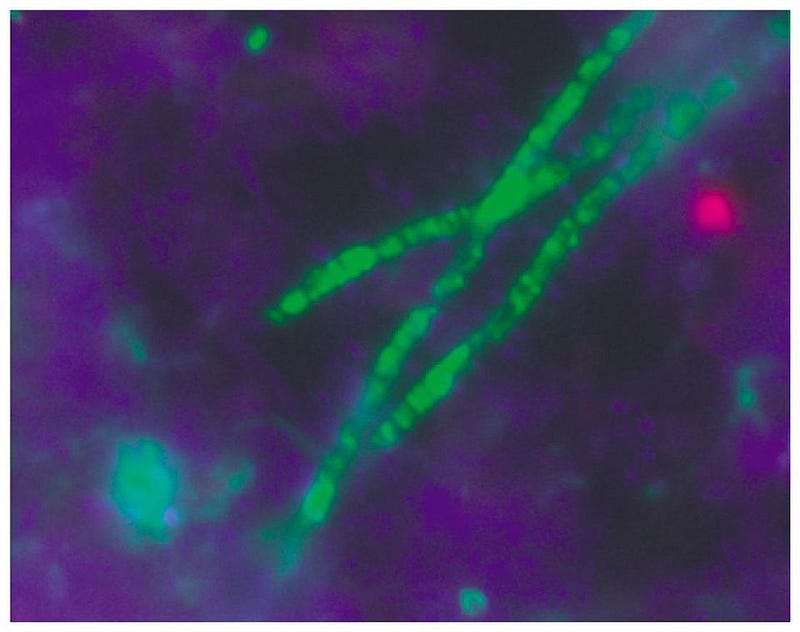
By 3.4 billion years ago, signs of photosynthesis in living organisms started to emerge. Various organisms utilized different molecules to drive their reactions, ultimately leading to the evolution of cyanobacteria. Unlike earlier organisms, cyanobacteria produced oxygen as a byproduct.
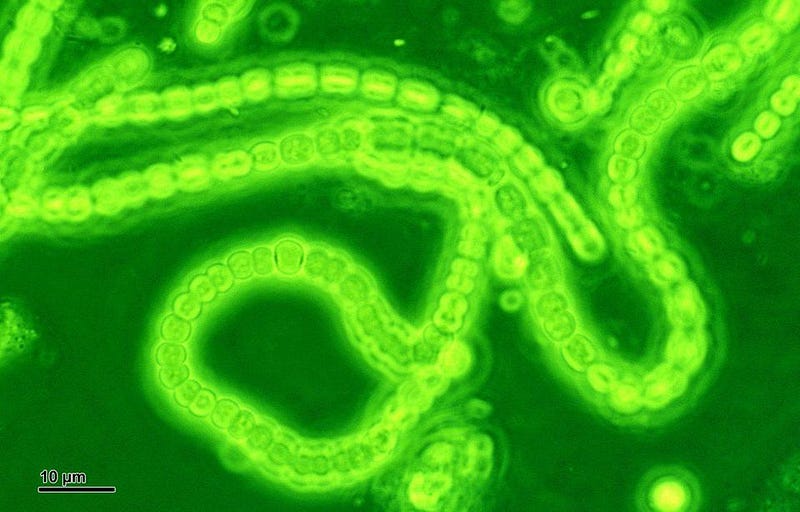
Cyanobacteria, the first organisms to produce oxygen, are still present today. They have developed more complex structures than non-oxygen-producing bacteria and are believed to have appeared no later than 2.5 billion years ago.
Around this time, the atmosphere began to show increasing levels of oxygen. As oxygen levels rose, this once-abundant greenhouse gas, methane, began to deplete, leading to the most severe ice age in Earth’s history: the Huronian Glaciation.
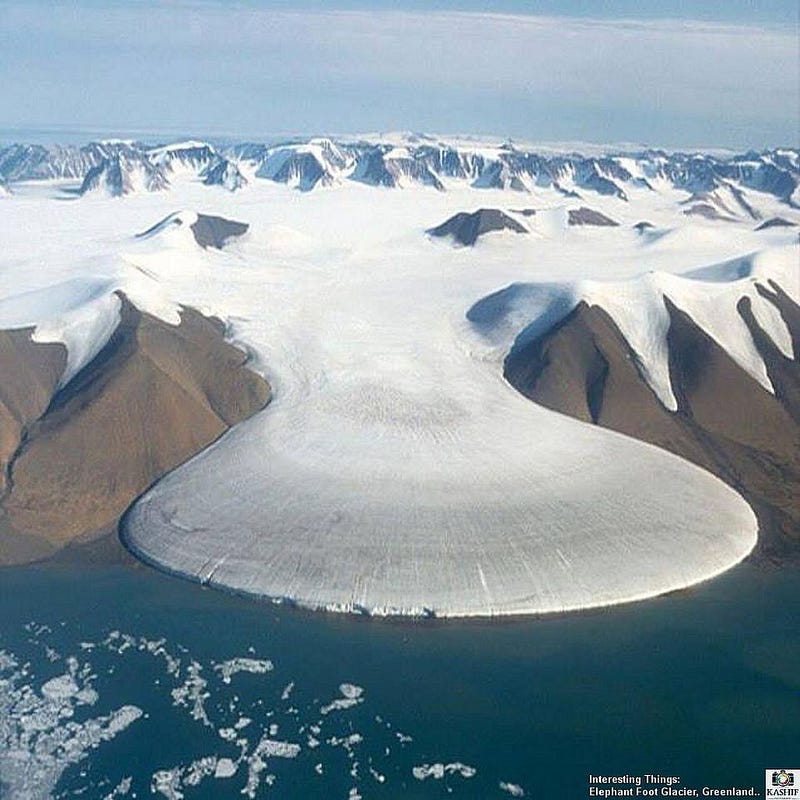
During this glaciation, methane levels dropped significantly due to the rise of oxygen, resulting in a drastic cooling of the planet. For around 300 million years, Earth experienced conditions akin to a Snowball Earth, where ice enveloped both continents and oceans.
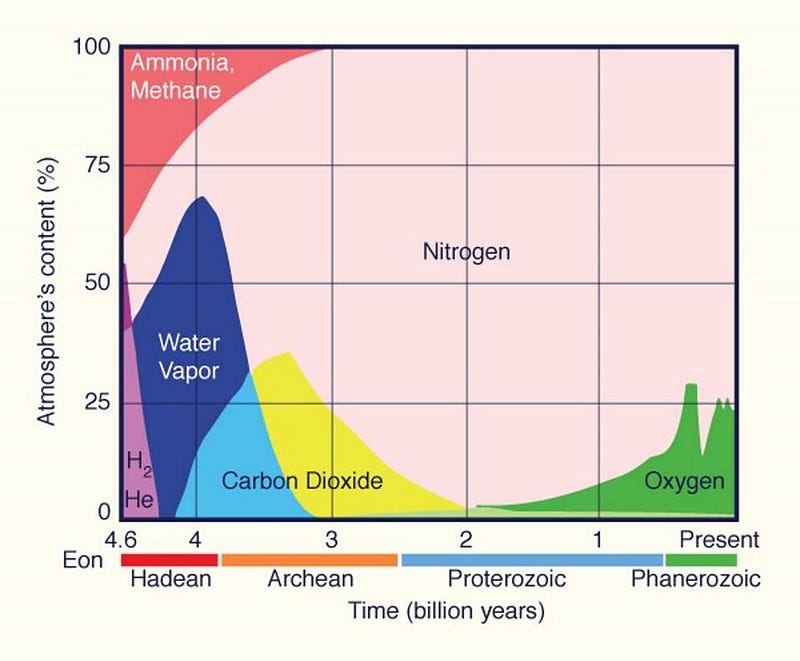
Geological evidence indicates widespread glacial deposits from this period, suggesting that glacial activity occurred even in tropical regions. The formation of a Snowball Earth is a self-perpetuating process: as ice sheets expand beyond polar regions, they reflect more sunlight, further cooling the planet and facilitating more ice growth.
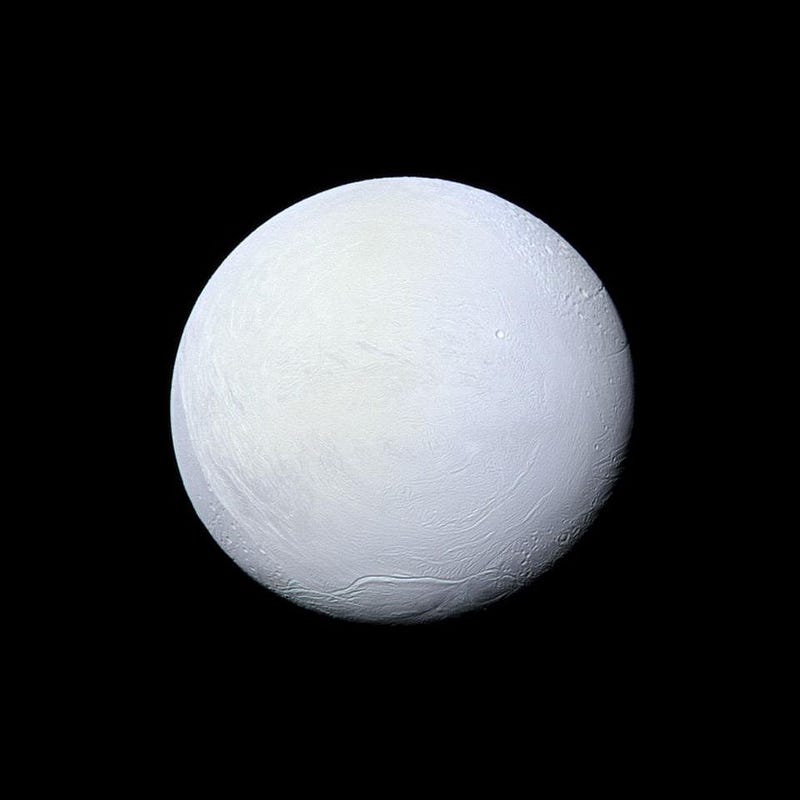
Despite the catastrophic effects on life, it did not extinguish it entirely. Cyanobacteria persisted, while other organisms adapted and evolved in response to the harsh conditions. More complex life forms, endowed with genetic diversity, had a better chance of survival.
Volcanic activity beneath the ice contributed to greenhouse gas levels, which, alongside ash production, may have eventually allowed Earth to emerge from this prolonged glacial state.
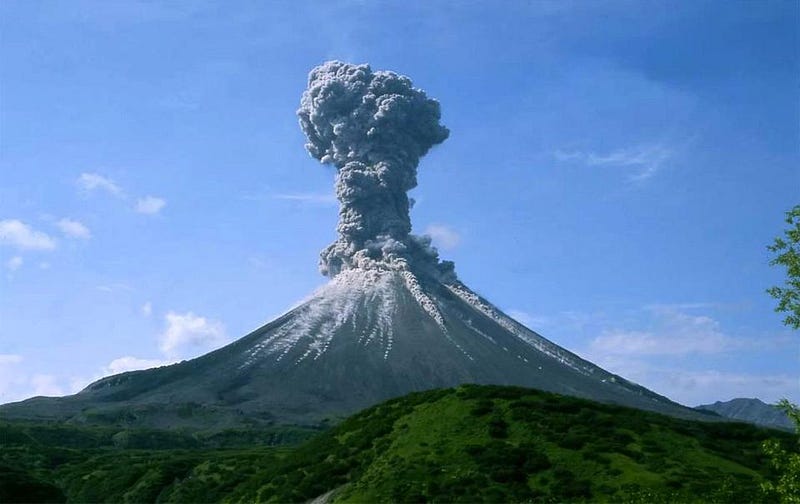
The Huronian Glaciation lasted around 300 million years and coincided with the emergence of eukaryotic life, marked by cells with specialized organelles. These eukaryotes would eventually give rise to all complex life forms, including plants, fungi, and animals, suggesting that the rise of oxygen transformed Earth’s biological landscape.
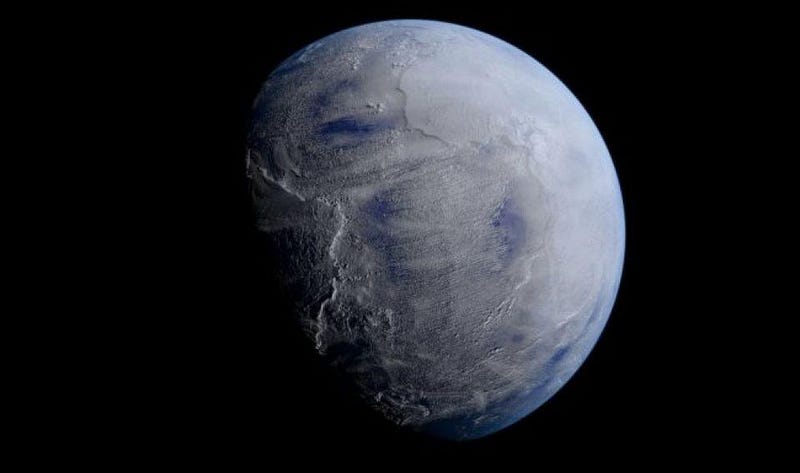
This era may represent the largest mass extinction event in Earth’s history. Nevertheless, life proved resilient, and the extinction of dominant species allowed new organisms to emerge and occupy ecological niches. The Great Oxygenation Event was pivotal for the evolution of complex life, setting the stage for intelligent organisms like humans.
Further reading on the Universe's past: - What was it like when the Universe was inflating? - What was it like when the Big Bang first began? - What was it like when the Universe was at its hottest? - What was it like when the Universe first created more matter than antimatter? - What was it like when the Higgs gave mass to the Universe? - What was it like when we first made protons and neutrons? - What was it like when we lost the last of our antimatter? - What was it like when the Universe made its first elements? - What was it like when the Universe first made atoms? - What was it like when there were no stars in the Universe? - What was it like when the first stars began illuminating the Universe? - What was it like when the first stars died? - What was it like when the Universe made its second generation of stars? - What was it like when the Universe made the very first galaxies? - What was it like when starlight first broke through the Universe’s neutral atoms? - What was it like when the first supermassive black holes formed? - What was it like when life in the Universe first became possible? - What was it like when galaxies formed the greatest numbers of stars? - What was it like when the first habitable planets formed? - What was it like when the cosmic web took shape? - What was it like when the Milky Way took shape? - What was it like when dark energy first took over the Universe? - What was it like when our Solar System first formed? - What was it like when planet Earth took shape? - What was it like when life began on Earth?
Starts With A Bang is now on Forbes, and republished on Medium thanks to our Patreon supporters. Ethan has authored two books, Beyond The Galaxy, and Treknology: The Science of Star Trek from Tricorders to Warp Drive.